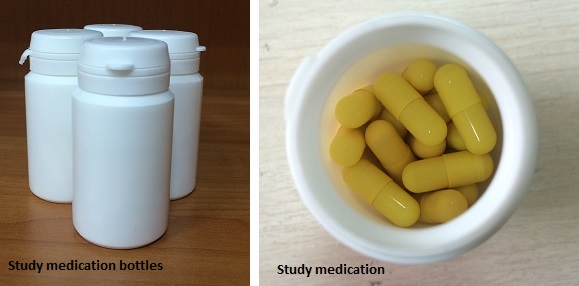Tips from the Field…
Medication Adherence in the ZINC Trial
By: Glory Koerbel and Natalia Gnatienko
Recent studies of the epidemiology of medication adherence with prescribed drug therapy in the general population imply that noncompliance is the rule, rather than the exception. Since few patients follow their prescribed regimen 100% of the time, interventions and products to increase the degree of compliance are desirable. Simplification of drug regimens when possible is also encouraged.1, 2,3
Though much of the literature concerning medication adherence appears more applicable to clinical practice with a focus on health care costs and disease burden, research participant nonadherence can impact study outcomes and safety. Inaccuracies with study medication doses increase the likelihood of inaccurate adverse event profiles and may necessitate changes in sample size.2
Experts, such as those involved in the NYC Medication Adherence Project (MAP) stress the importance of communication and identification of adherence barriers as key components of improved compliance.1 Multiple direct and indirect measures of assessment, both of which have advantages and disadvantages, are also recommended.3 The ZINC trial was structured to include a variety of methods and interventions to assess and improve compliance
ZINC is a double-blind randomized controlled trial nested within the Russia ARCH cohort. ZINC aims to test the efficacy of zinc supplementation, compared to placebo to improve markers of mortality and risk of acute myocardial infarction, slow HIV disease progression, and decrease microbial translocation and inflammation. Eligible study participants are randomized to take either zinc or placebo pills once daily for 18 months. Adherence to the medication regimen is essential for study success. In recognizing that maintaining adherence is challenging, and daily adherence even more so, we have implemented a number of strategies to help participants remain adherent and track their adherence success, as described below.
- Discussions and tailored advice: At each study visit, assessors discuss medication adherence with the participant. This includes reviewing adherence strategies and assessing participant’s previous experience with medications with the goal of helping each participant develop an individual adherence plan that will work for them.

- Adherence aids: As an aid, participants receive a calendar with instructions to check off each day during which they take their study pill. Participants also receive automated adherence reminder text messages twice a week. Participants can choose to opt out of these reminders or decrease frequency of receipt of messages to once per week.
- Measurement: Adherence is assessed using both direct (urine collection) and indirect (pill counts and self-report) measures as described below:
- Urine color change: Both zinc and placebo pills include riboflavin, a vitamin that causes urine to change color. Urine is observed for a color change at all study visits.
- Pill Counts: Assessors ask participants to bring their pill bottles to all visits, during which assessors count empty bottles and any pills remaining. The Data Management team can then extrapolate the amount of medication that has been taken and provide a measure of adherence. The amount of study drug provided at select visits has also been reviewed to ensure that participants do not run out of medication if follow-up visits are delayed.
- Self-report: At each post-baseline study visit, participants are asked a series of questions to assess their adherence. This includes questions about the longest period of time they have consistantly taken medication, whether they stopped taking mediation for any duration, or if they have taken more than one pill per day.
A comprehensive ongoing assessment of patient adherence is a necessary component of both the methodology and statistical analyses of a clinical drug trial.2 While the ZINC trial was designed to maximize medication adherence in a challenging population, direct and indirect measures in place will further ensure the accuracy of the results.
References:
1. Starr B, Sacks, R. Improving Outcomes for Patients With Chronic Disease: The Medication Adherence Project (MAP). Toolkit and Training Guide for Primary Care Providers and Pharmacists. Cardiovascular Disease Prevention and Control Program, Bureau of Chronic Disease Prevention and Control, June 2010. (http://www.nyc.gov/html/doh/downloads/pdf/cardio/cardio-map-tools-manual.pdf)
2. Smith DL. Patient Nonadherence in Clinical Trials: Could there be a link to postmarketing patient safety? Therapeutic Innovation & Regulatory Science. January 2012; 46(1): 27-34.
3. Ho PM, Bryson CL, Rumsfeld JS. Medication Adherence: Its Importance in Cardiovascular Outcomes. Circulation. 2009;119:3018-3035